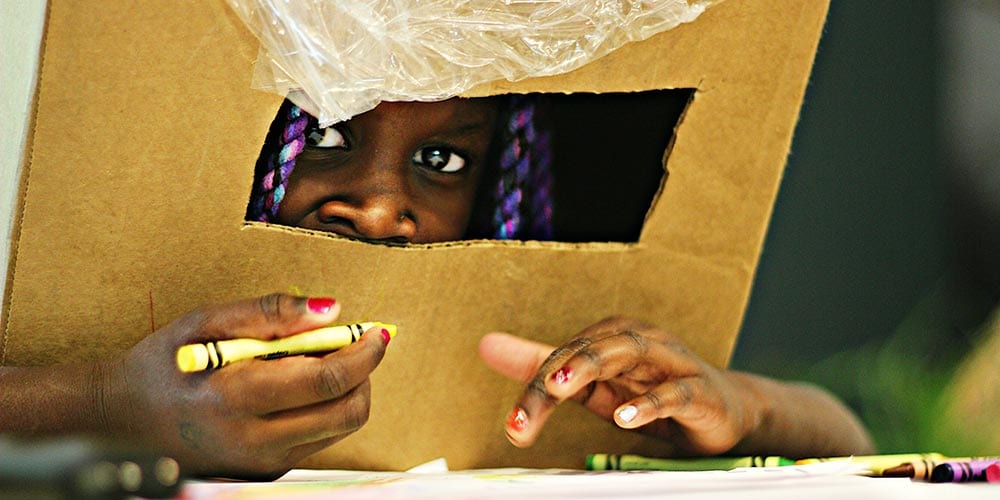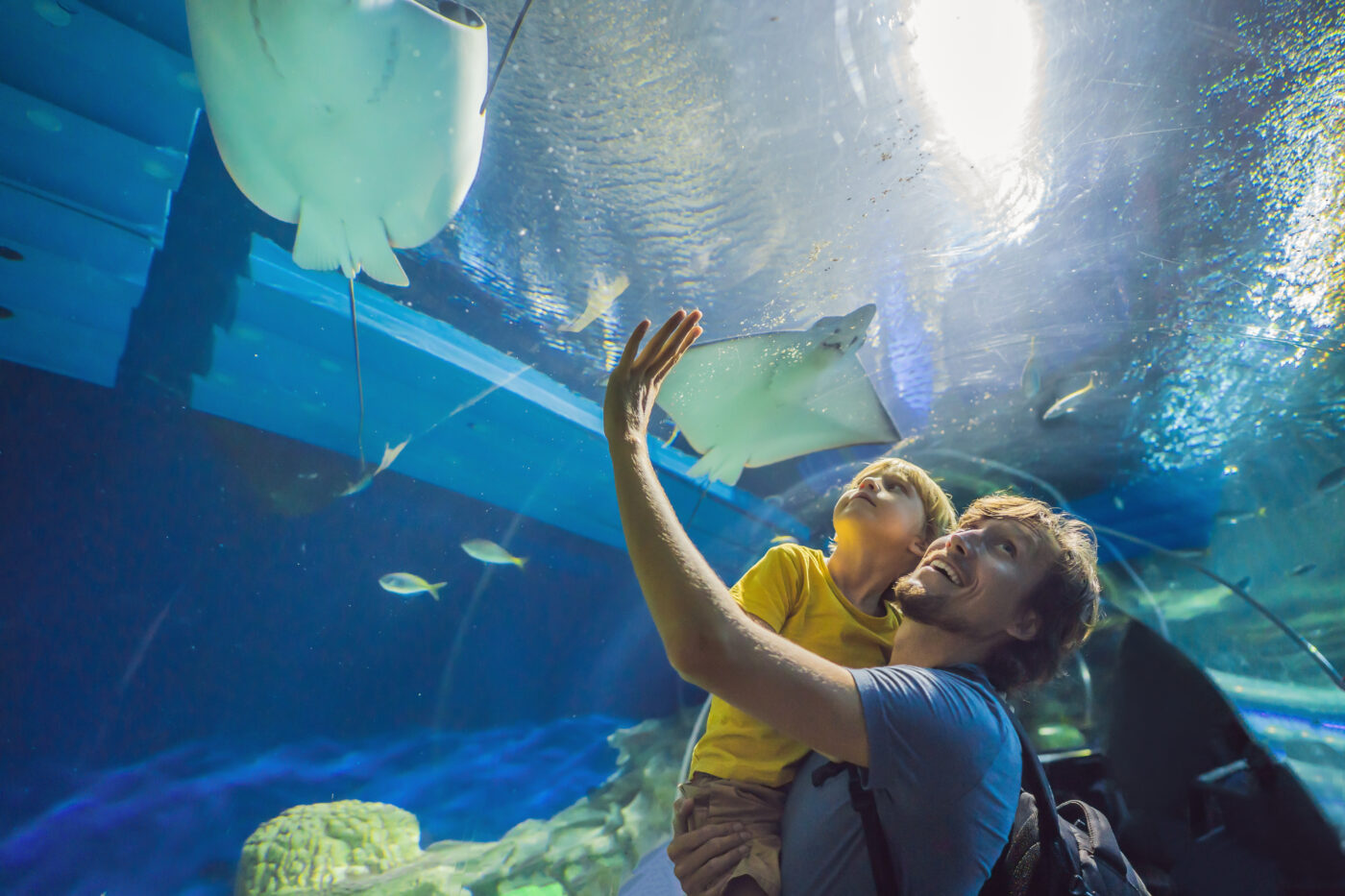Here’s a true story about cultivating a child’s imagination: Two children I know, ages 4 and 6, have two sets of generous grandparents. One side of the family lavishes them with video games and electronic wonders, while the other grandparents give wooden blocks, books, puzzles, LEGOs, more books, and art supplies—all items that require a kid’s imagination. On the big days, Christmas and birthdays, the electronic toys always make a big splash. The other 360 days or so, the children throw themselves into imaginative, inventive, non-electronic play. It turns out that children have more fun when they use their imaginations. Why?
We were designed as human beings to be creative and imaginative, just like God is. We thrive and flourish when we act on those inclinations. Not only that, but both learning and satisfaction are enhanced when we are encouraged to use our imaginations. It’s not enough to simply tell our kids to be more creative. We have to guide them there. Here are 6 ways to cultivate your kid’s imagination.
1. Using a Cardboard Box
Get together with your children for a playdate. Provide a cardboard box and a set of markers. Ask them to take you on an adventure, and see what happens.
2. Self-Directed Play
Encourage play in way that gives children no access to directions so they’ll have to make up their own games. You can prompt with assignments and questions. Give them time and space. Resist the urge to organize them.
3. Cutting Back on Organized Sports
Kids spend too much time with coaches, teachers, referees, and camp counselors. Get together with other parents and organize loosely directed play at the park, the playground, the beach, the cul-de-sac…
4. Everyday Problem-Solving
Make solving problems a routine task in your children’s day. “It’s raining. What should we do for fun?” “We don’t have the right ingredients for lasagna, so let’s make something together out of what we do have.” “I need a gift for the birthday party. Help me make something cool…”
5. Hands-On Play
There is a kinetic connection between hands-on play and positive brain development. Learning should engage as many of the senses as possible for maximum impact. Hands-on learning turns out to be huge for turning the brain on, too.
6. Cultivating Electronic-Free Environments
Program balance into your kids’ lives. Model this via your own behavior too. Put time limits on electronics. Host mandatory board game nights. Research at the library. Join or start a book club over the summer. Plan a trip using an atlas. The possibilities are endless.
Sound off: In what other ways can a dad foster his kids’ imagination?











Huddle up with your kids and ask, “What ideas do you have for having fun without using tablets or phones?”